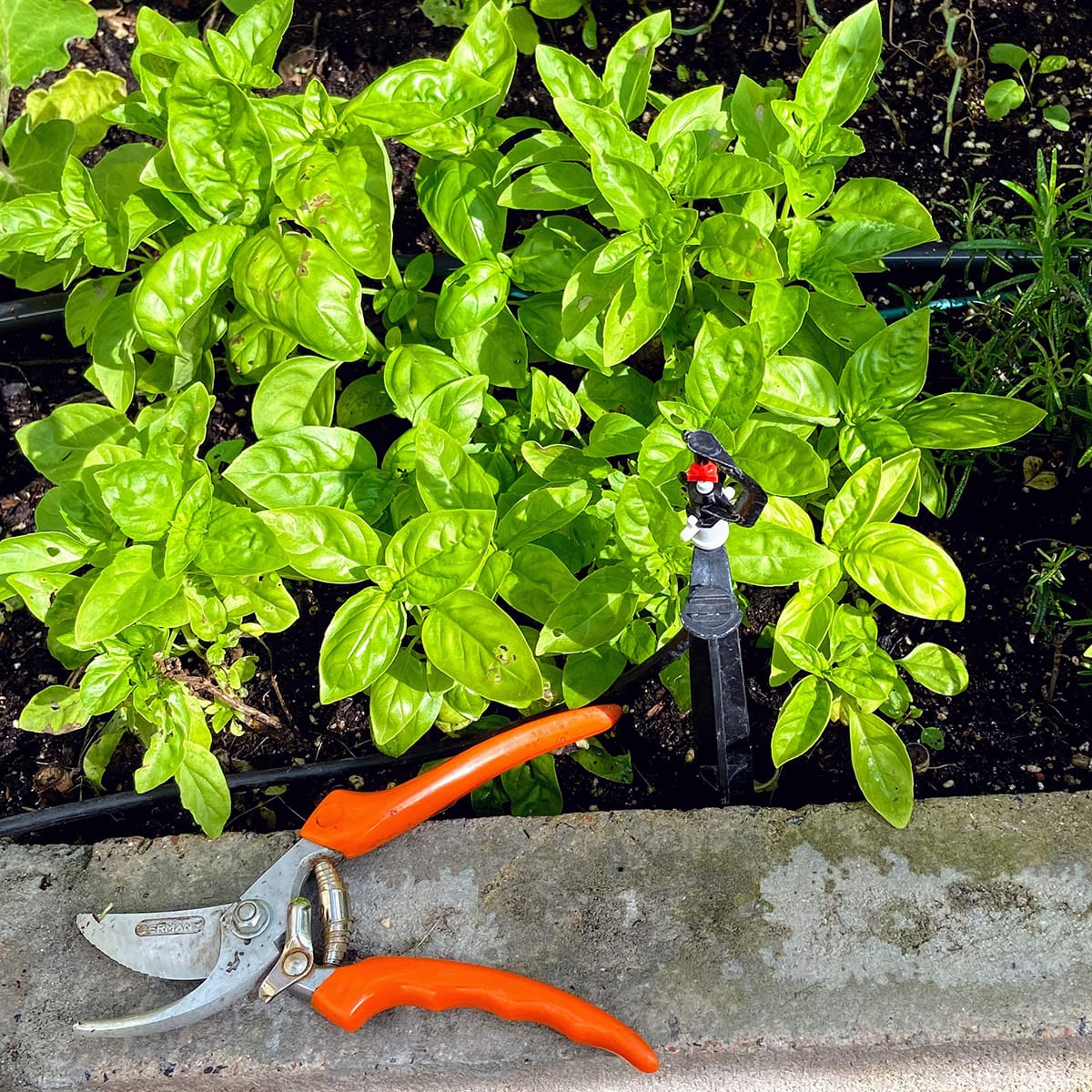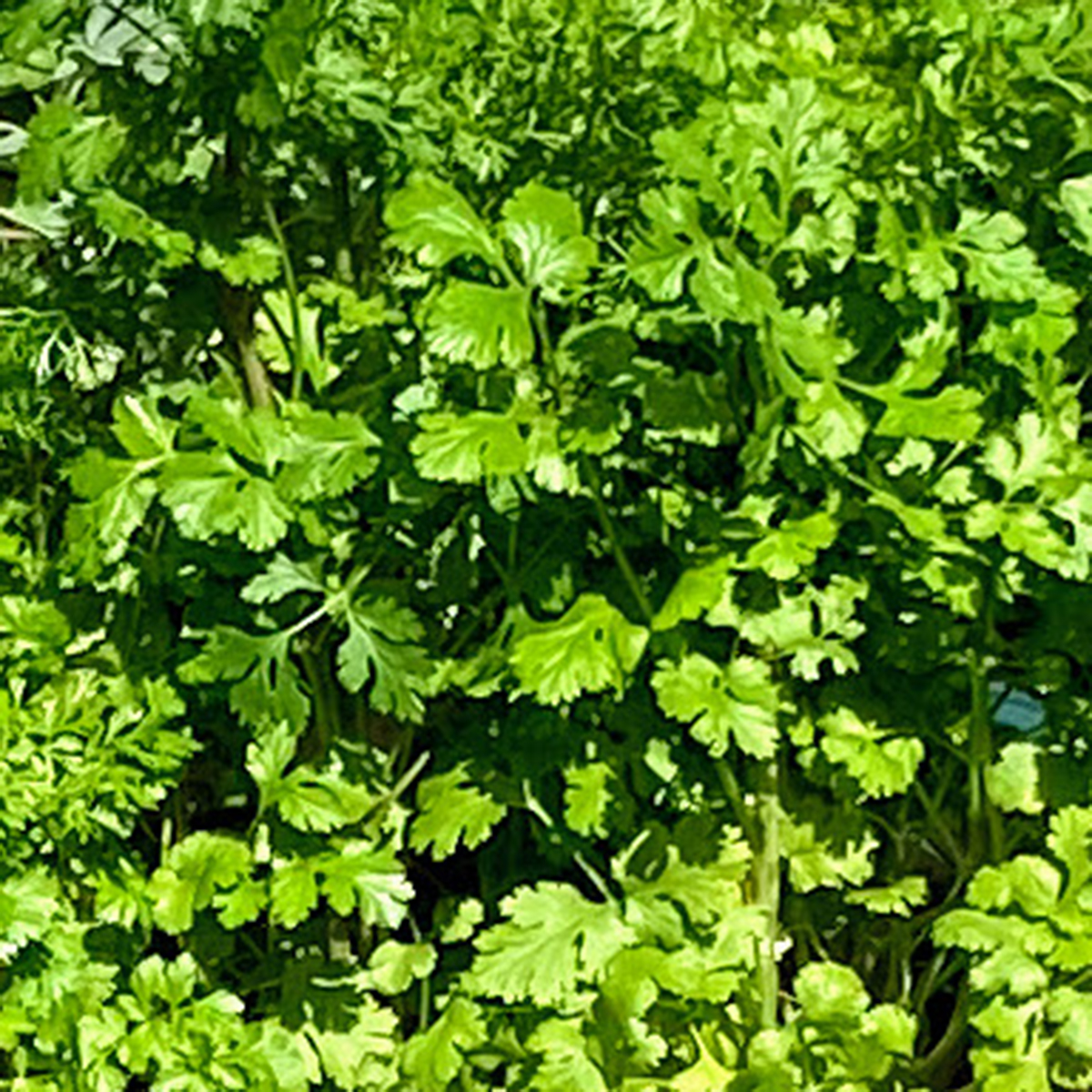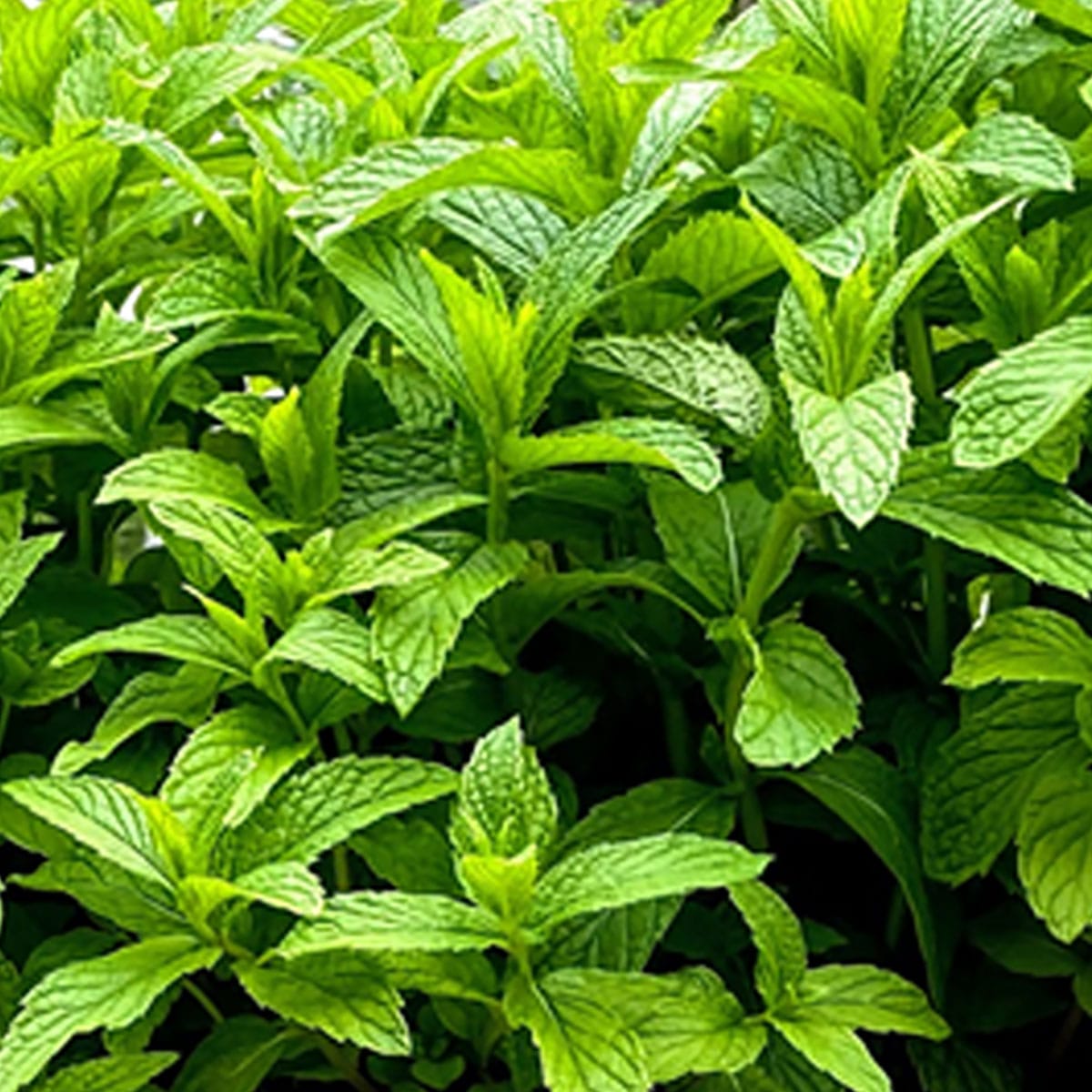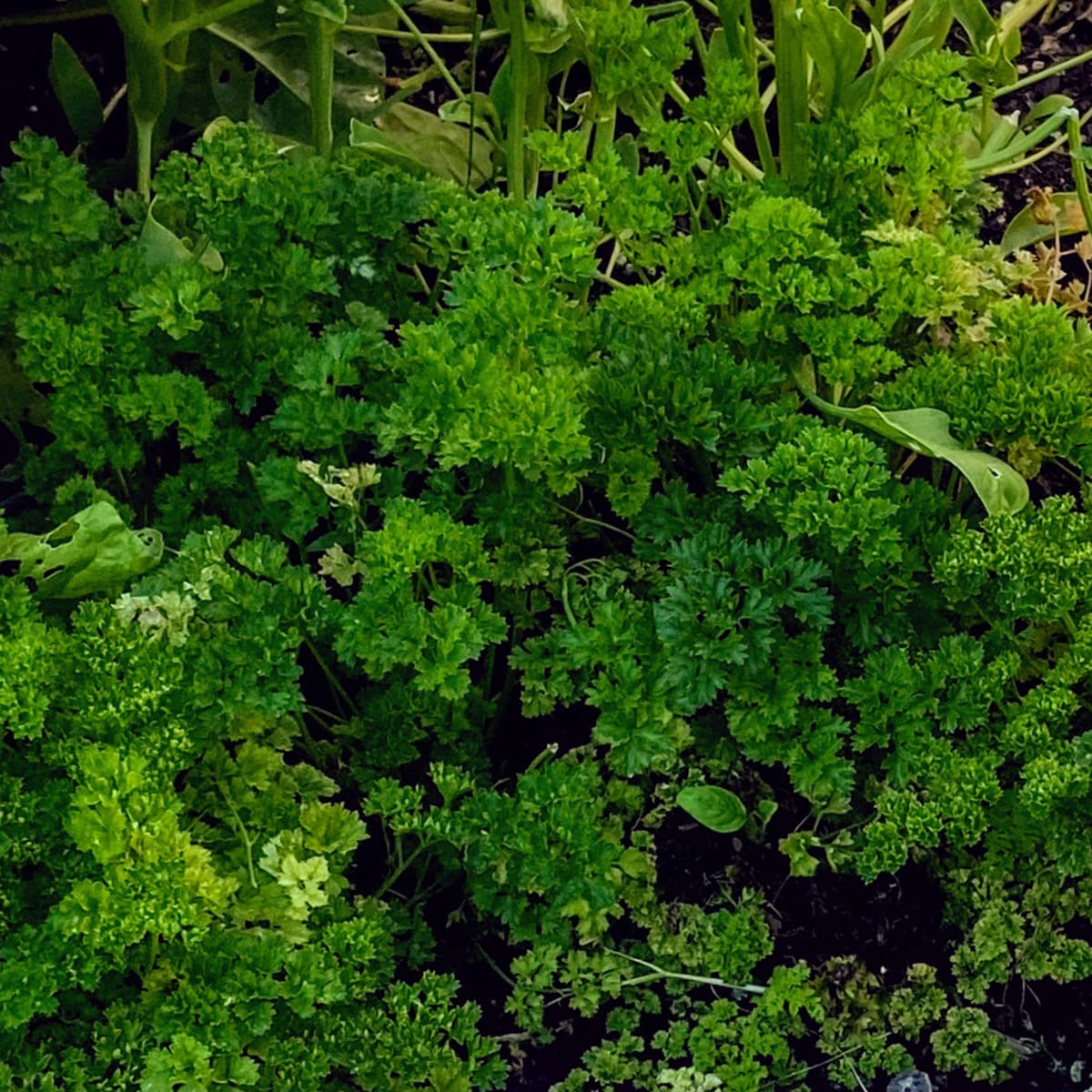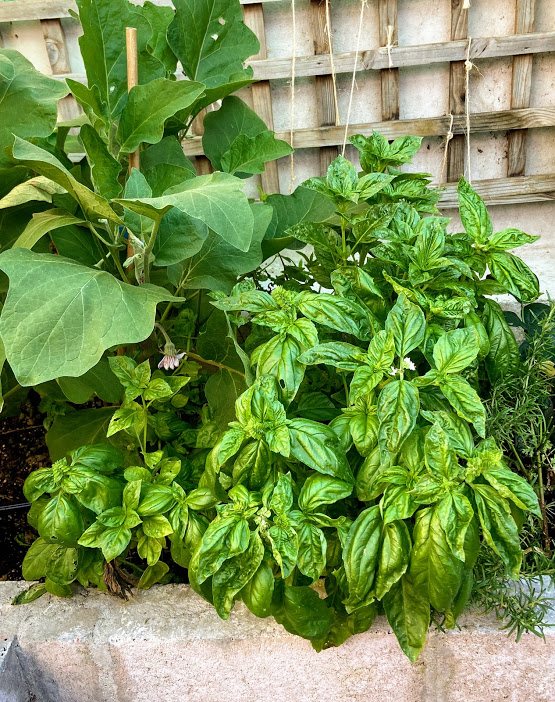In general, herbs are plants with savoury or aromatic properties for flavouring and garnishing food, medicinal purposes, or fragrances.
Culinary use typically distinguishes herbs from aromatic or savoury spices, which are vegetable substance used to flavour food, e.g. cloves, pepper, or cumin.
Fresh herbs add incredible dimensions to your cooking, transforming the healthiest foods into delicious treats. They bring flavour aroma and unique nutritional qualities to dishes.
In keeping with my garden's intent to grow herbs commonly used, I only grow nine out of the hundreds of possible herbs available to gardeners, including basil, coriander, mint, parsley, thyme, chives origanum, dill and sage, all of which I use for cooking.
There are two types of culinary herbs grown:
- Annual herbs - live for just one year, start as a seed, grow to be an adult plant, flower, and return to seed in a single season. Dill and basil are examples of annual culinary herbs.
- Perennial herbs will last for more than two years in a garden, often going dormant during winter and then rejuvenating in the spring. Examples of perennial herbs are mint and rosemary.
